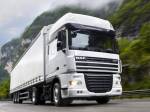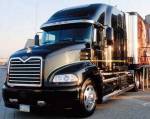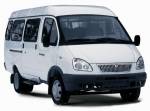The Persian and Roman empires built stone-paved roads to allow armies to travel quickly. Deep roadbeds of crushed stone underneath ensured that the roads kept dry. The medieval Caliphate later built tar-paved roads. The first watercraft were canoes cut out from tree trunks.
Early water transport was accomplished with ships that were either rowed or used the wind for propulsion, or a combination of the two. The importance of water has led to most cities, that grew up as sites for trading, being located on rivers or at sea, ofter at the intersection of two bodies of water. Until the Industrial Revolution, transport remained slow and costly, and production and consumption were located as close to each other as feasible.
They choose us:
After World War II, the automobile and airlines took higher shares of transport, reducing rail and water to freight and short-haul passenger. Spaceflight was launched in the 1950s, with rapid growth until the 1970s, when interest dwindled. In the 1950s, the introduction of containerization gave massive efficiency gains in freight transport, permitting globalization.







